Recently, the "Military Report" section of the Military Channel featured a report on the Air Force's "Thor" commando unit conducting night parafoil infiltration training on a windy day. The footage of all the participants wearing helmet-mounted binocular night vision goggles elicited exclamations of "cool" from netizens. This highly praised night vision device is the third-generation low-light-level night vision device used by the Chinese military. It boasts clear imaging, lightweight, compact structure, and high sensitivity. It can adapt to sudden changes in battlefield light in a fraction of a second, making it a favorite among soldiers and military enthusiasts.
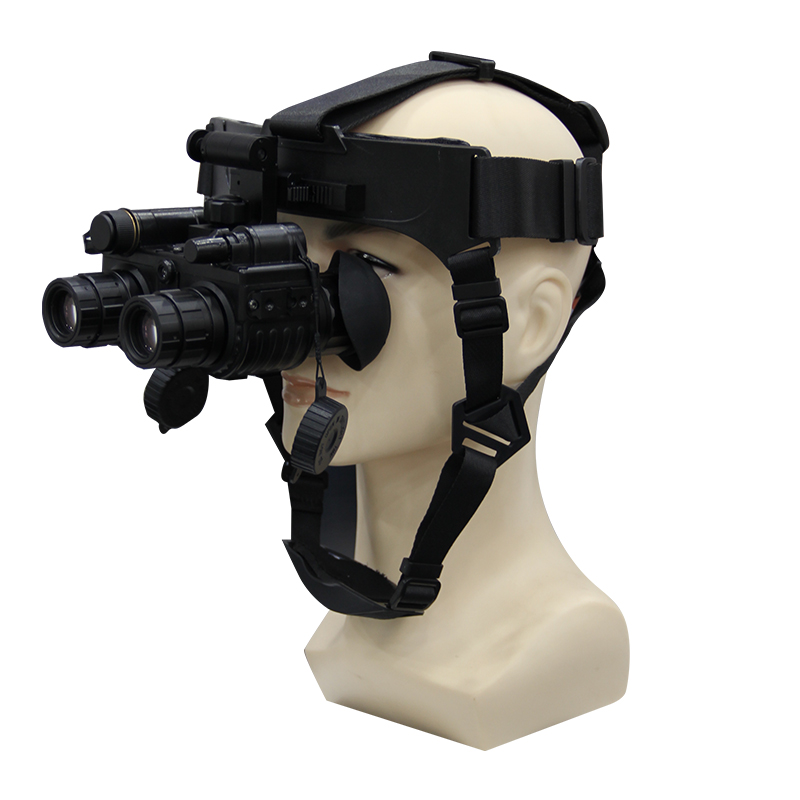
The history of night vision devices dates back to the late stages of World War II. At that time, to meet the needs of night combat, the German army developed an active infrared night vision system for the Panther tank. This system used infrared light to illuminate targets, providing clearer images. However, its drawbacks were its bulk, high energy consumption, and inconvenient portability. After the war, the US military developed an improved version and put it into battlefield use, but it was phased out due to significant deficiencies.
Since then, researchers have moved beyond the practice of illuminating targets with infrared light to achieve night vision. Instead, they have sought to amplify low-light sources such as moonlight, starlight, and airglow. This approach led to the development of an image intensifier by the US military in the 1960s, which boosted low-light brightness by a factor of 10,000, resulting in the Onick NVG-D3 third-generation low-light-level night vision device.
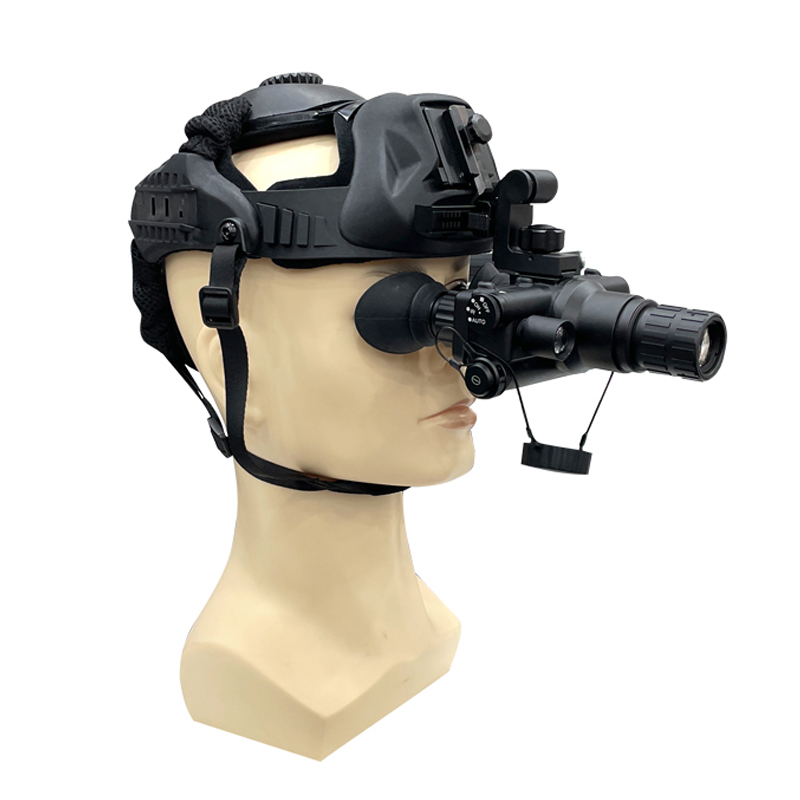
Fusion Night Vision Device
The Onick NVG-D3 multi-function low-light-level night vision device utilizes a third-generation image intensifier, offering excellent performance, a compact size, light weight, clear imaging, and simple, flexible operation. The magnification can be adjusted by replacing the objective lens (or attaching a magnifier). The device also features a built-in infrared auxiliary light source and automatic anti-glare protection system. Its practicality makes it suitable for military observation, border and coastal reconnaissance, public security surveillance, evidence collection, and customs anti-smuggling operations in dark environments. It is an ideal device for public security departments, armed police forces, special police forces, and security patrols.
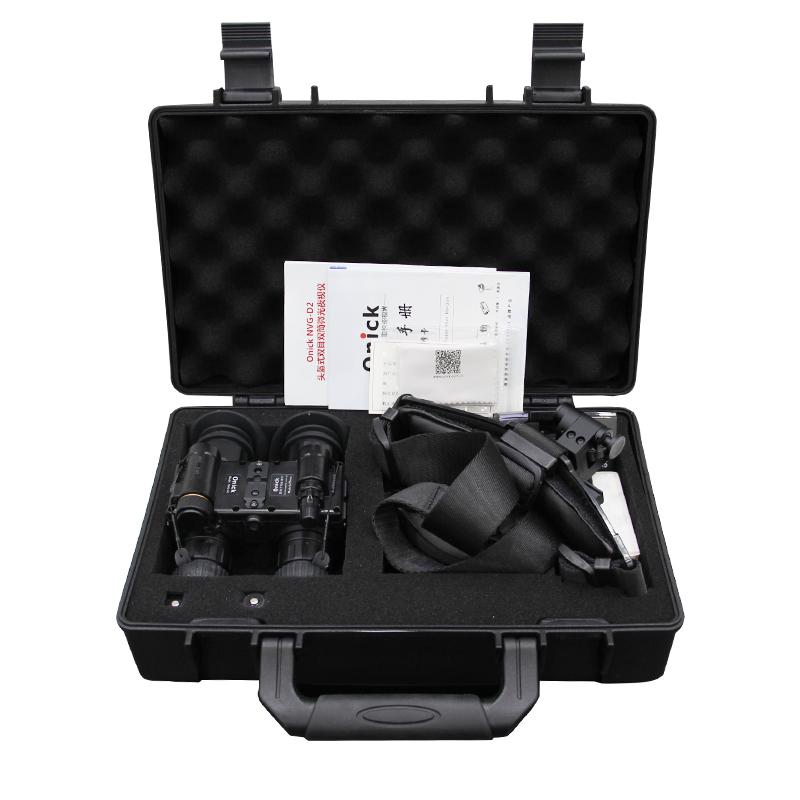
The Onick NVG-H Gen3 1x is a single-lens binocular helmet-mounted low-light-level night vision device designed for night patrols. It features a compact size, lightweight, automatic brightness control, and a certified helmet mount. It utilizes a US-made image intensifier and advanced optical system, offering high resolution, anti-glare, and anti-dazzle capabilities. The single-lens night vision device is built around a high-quality 18mm HPT image intensifier tube, employs a pseudo-binocular design for easy observation, and includes a built-in infrared auxiliary illumination source. It is versatile and can be used in both handheld and head-mounted configurations.
The Onick NVG-H Gen3 1x is a single-lens binocular helmet-mounted low-light-level night vision device designed for night patrols. It features a compact size, lightweight, automatic brightness control, and a certified helmet mount. It utilizes a US-made image intensifier and advanced optical system, offering high resolution, anti-glare, and anti-dazzle capabilities. The single-lens night vision device is built around a high-quality 18mm HPT image intensifier tube, employs a pseudo-binocular design for easy observation, and includes a built-in infrared auxiliary illumination source. Multipurpose: Handheld, Head-mounted
In the 1980s, third-generation low-light-level night vision devices emerged, exemplified by the AN/PVS-14, a device currently widely used by US infantry companies. Compared to second-generation devices, third-generation low-light-level night vision devices boast six times greater sensitivity, three times longer service life, and double the viewing range. They also offer sharper images, are smaller, and lighter. The advanced technologies and materials used in third-generation low-light-level night vision devices are only mastered by a few countries, forcing others to import them. There's also a device military enthusiasts consider a "fourth-generation low-light-level night vision device," known as the "Ground Panoramic Night Vision Device." This device uses multiple lens tubes to capture images, expanding the traditional 45° field of view to 120°, approaching the normal field of view of the human eye. Its sci-fi design has made it a popular online sensation. However, compared to the previous generation, this device lacks any technological advancements and does not qualify as a fourth-generation low-light-level night vision device.
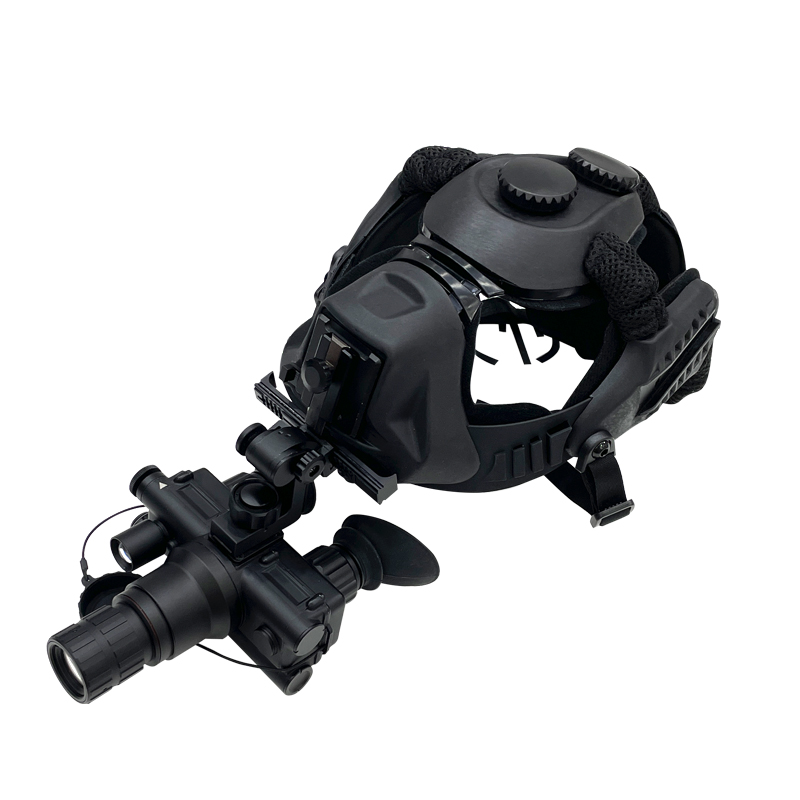 Applicable Customers and Applications (Illegal Uses Prohibited):
Applicable Customers and Applications (Illegal Uses Prohibited):
Unit reconnaissance, command and combat, training, border patrol and recording by armed police, customs anti-smuggling inspection, secret reconnaissance, arrests, and law enforcement evidence collection by public security, procuratorial, and judicial authorities; nature reserves, forestry, wildlife conservation, research institutes, forest farms, wetlands, and forest parks; wildlife monitoring, anti-poaching; mountain and cave exploration; travel and adventure enthusiasts; outdoor observation and observation; remote camping photography and monitoring; journalists; remote observation and photography; investigation firms and private investigators; and remote on-duty photography for traffic control and management departments.
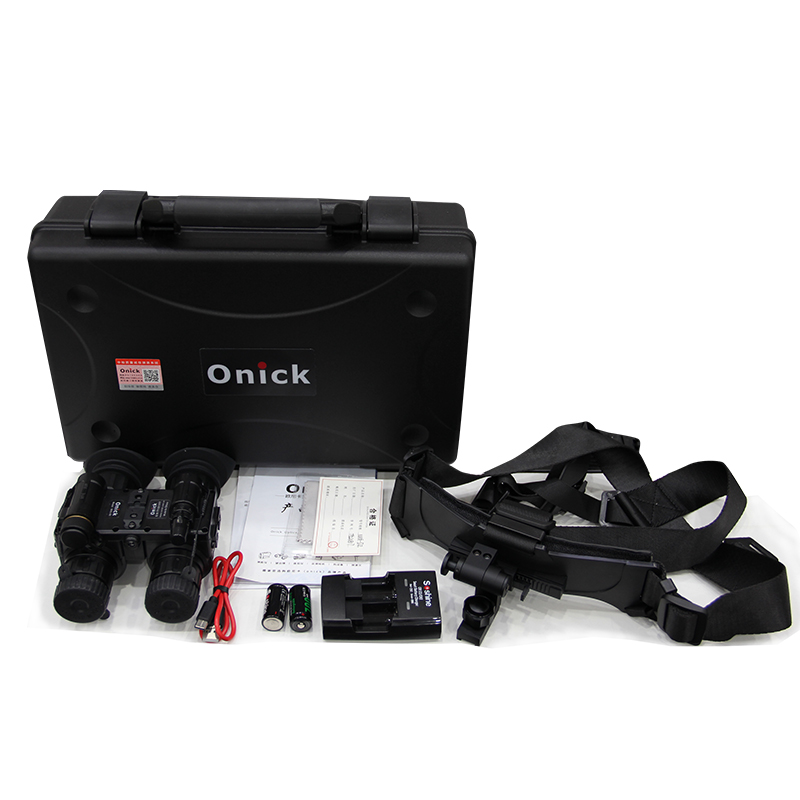
Remote observation and photography in dangerous industries such as firefighting, banking, power generation, water conservancy, steel mills, riot control, and high-rise operations; forestry management, geological exploration, oil production, airport management, large-scale gathering management, railway and port operations; environmental protection, production safety supervision, and highway management; and hunting and animal observation enthusiasts.
If you would like to learn more about fusion night vision devices and thermal imaging scopes, please feel free to contact us.